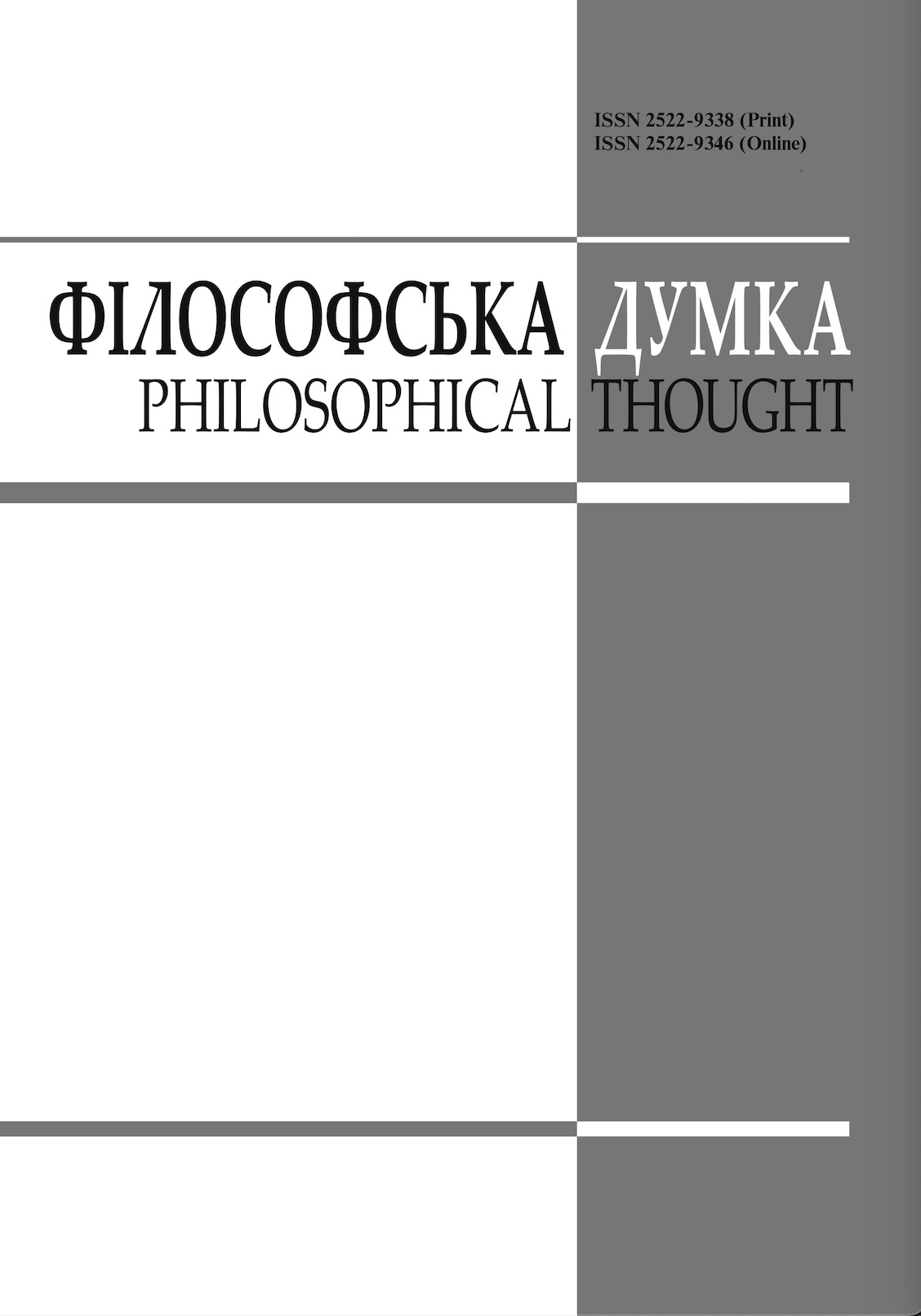Modern Philosophy of Mind: Methodological “Enquiries”
Abstract
J. Searle distinguishes eight features of consciousness: subjectivity; unity; intentionality; the distinction between the center and periphery of consciousness; the gestalt structure of conscious experience; the aspect of familiarity; mood; boundary conditions. Not all of them are taken appropriately; and all of them can be applied to mind. Mental life is accomplished as a stream of different events. Their empirical investigation is the subject of cognitive neurosciences. But, conceptually philosophical deliberation is prior to reflective evaluation, comparative results and final implications; it enables the possibility of understanding and interpretation of scientific explanations. Mind and brain are neither identical nor different. Psychic properties of a human being as a whole are not inherent just in his brain, or its parts, as well as exclusively in his mind.
References
Bennett, M. R., Hacker, P. M. S. (2007). Philosophical Foundations of Neuroscience. The Introduction. In: Neuroscience and Philosophy. Brain, Mind, and Language. New York, Columbia University Press, pp. 3–13.
Dennett, D. (2007). Philosophy as Naïve Anthropology: Comment on Bennett and Hacker. In: Neuroscience and Philosophy. Brain, Mind, and Language. New York, Columbia University Press, pp. 73–95.
Searle, J. (2007). Putting Consciousness Back in the Brain: Reply to Bennett and Hacker, Philosophical Foundations of Neuroscience. In: Neuroscience and Philosophy. Brain, Mind, and Language. New York, Columbia University Press, pp. 97–124.
Searle, J. (1994). The Problem of Consciousness. In: Philosophy and Cognitive Sciences: proceedings of the 16th International Wittgenstein Symposium, 15–22 August 1993, Kirchberg am
Wechsel (Austria) / ed.: Roberto Casati. Wien, Holder-Pichler-Tempsky, pp. 1–10.
Downloads
-
PDF (Українська)
Downloads: 1163
Published
How to Cite
Issue
Section
License
Authors who publish with this journal agree to the following terms:
- Authors retain copyright and grant the journal right of first publication.
- Authors are able to enter into separate, additional contractual arrangements for the non-exclusive distribution of the journal's published version of the work (e.g., post it to an institutional repository or publish it in a book), with an acknowledgement of its initial publication in this journal.
- Authors are permitted and encouraged to post their work online (e.g., in institutional repositories or on their website) prior to and during the submission process, as it can lead to productive exchanges, as well as earlier and greater citation of published work (See The Effect of Open Access).


